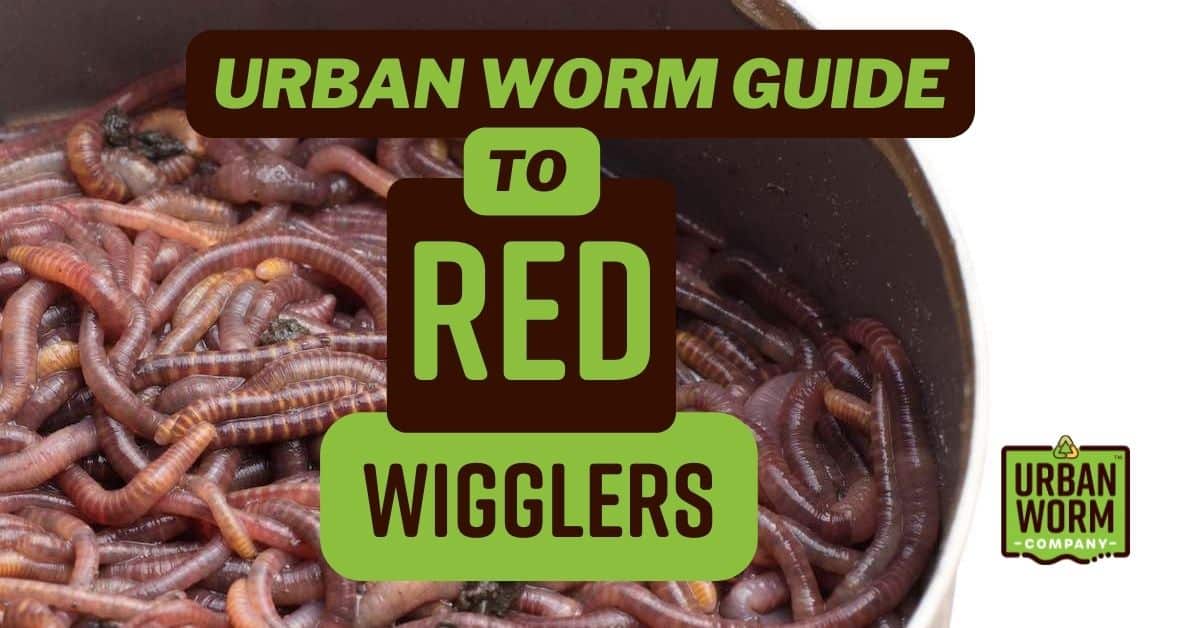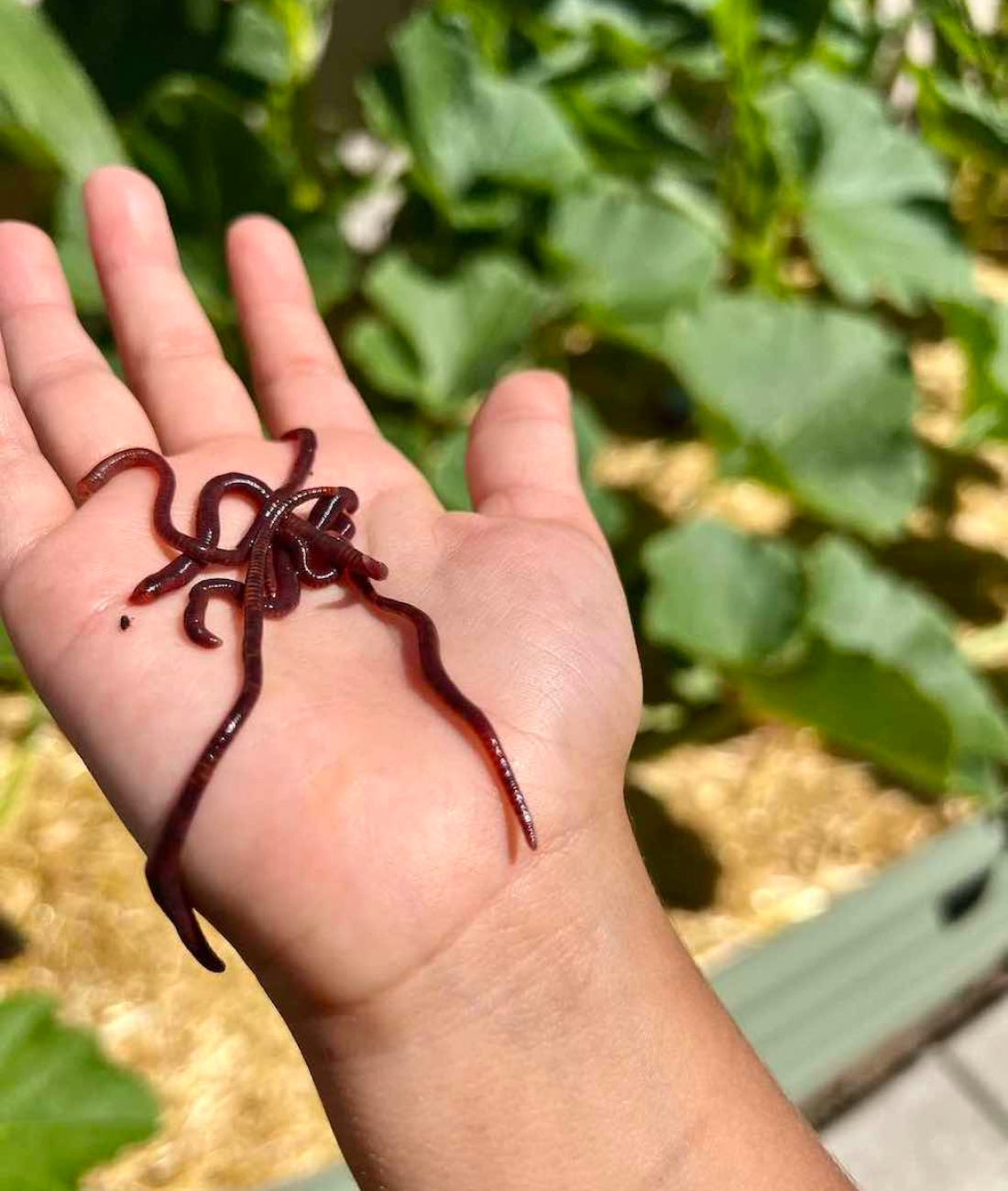The Ultimate Guide To Red Wiggler Express
The Ultimate Guide To Red Wiggler Express
Table of ContentsLittle Known Questions About Red Wiggler Express.Red Wiggler Express - QuestionsThe Basic Principles Of Red Wiggler Express Excitement About Red Wiggler ExpressRed Wiggler Express for Dummies
Some worm farmers in fact withhold food and water to replicate drought conditions and bump up cocoon production. We do not advise this for the home composter as it has the potential to eliminate off also many of your finest worms. Since you know all regarding the red worm it's time to head out and locate a good vendor and obtain a pound or two and start your very own worm ranch.This overview will introduce you to the red wiggler to include a much deeper on dive on the varieties and details on breeding, life cycle, and reproduction. We'll discuss just how to keep red wigglers and why they should be the go-to worm for many composters. The red wiggler (binomial name: eisenia fetida) is the globe's most usual composting worm.
A research recommends that the 2 can produce hybrid spawn, a sensation which ought to otherwise be considered impossible in between the majority of worm species. Fun fact: The "fetid" part of the binomial name refers to what some say is a reeky secretion the red wiggler utilizes to ward off predators. However I've been handling them for several years and never discovered this! The anatomy of a red wiggler resembles that of various other usual earthworms; a long-segmented body starts at the sharp head and terminates at a slightly-flatted tail.
Facts About Red Wiggler Express Uncovered
The digestive system is simple, beginning at the mouth where the worm begins to eat its food before passing it on the pharynx. The throat is a muscular area which acts like a pump to draw food into the mouth prior to pumping it out into the esophagus. The esophagus is narrow and thin-walled and works as the "waiting space" for the gizzard.
Keep in mind: This requirement for grinding is why grit is advised in a worm bin. The worm includes no native grinding ability so the worm relies on ingested grit to aid grind its food in the gizzard. The stomach is where the initial chemical breakdown of food occurs with the help of a protein-busting enzyme.

Within 42 days, these infant worms will get to sex-related maturation as confirmed by the development of the clitellum. A mature red wiggler can be anticipated to live in between one to three years. The mighty red wiggler might occasionally be made use of as a bait worm for smaller fish or as a healthy protein resource for poultries and reptiles.
The Only Guide to Red Wiggler Express
And as discussed over, they are the most common composting worm in the globe. But why? Well there's possibly not just one factor. Rather, a combination of expense, hardiness, and convenience in a wide array of temperatures makes it one of the most suitable composting worm for the majority of new vermicomposters. Red wigglers and their cocoons can endure in a broad array of conditions.
This is a typical technique among worm shippers that do not intend to run the risk of having the worms rest in a hot or cold stockroom over the weekend. Worm cultivators are not saving worms in a situation where they are prepared to ship. The worms have to be harvested from their habitat first, so cultivators will certainly frequently establish a Friday or Saturday deadline in order to harvest in time for a Monday shipment.
To conserve on delivery price, you may desire to see if there are any nearby "Mom and Pop" stores through a Google search (Where To Buy Worms).
I call these the "Huge 3" elements of worm bin maintenance. As stated previously, red wigglers have a large temperature resistance.
More About Red Wiggler Express

For finest results, you want to shoot for regarding 60-70% wetness degree. At the excellent moisture degrees which is simply under 70% that handful should hardly produce one decline of liquid.


The European Nightcrawler, the bigger cousin of the red wiggler, is simply as voracious and likewise creates an excellent lure worm. However it prefers a little bit of a cooler atmosphere than the red wiggler. The African Nightcrawler is a huge composting worm and makes a gorgeous, granular cast.
The Indian Blue is ravenous, but also likes a warmer environment and it additionally displays a tendency to leave the bin. The red wiggler is a hardy worm and isn't as choosy concerning its environment. I such as to call it the Ford Taurus of vermicomposting worms; you will not brag to your hardcore composting friends that you have them, yet they will certainly serve you well.
Red Wiggler Express for Beginners
Surefire to life 1/2 lb of hand arranged Red Wigglers/Compost with worms (+500 worms) in different phases of life from cocoons to grow worms in their natural environment/bedding. Hand sorted worms reduced down on the disruption of the worms thus insuring online distribution. Red wiggler worms do not such as vibrations or light.